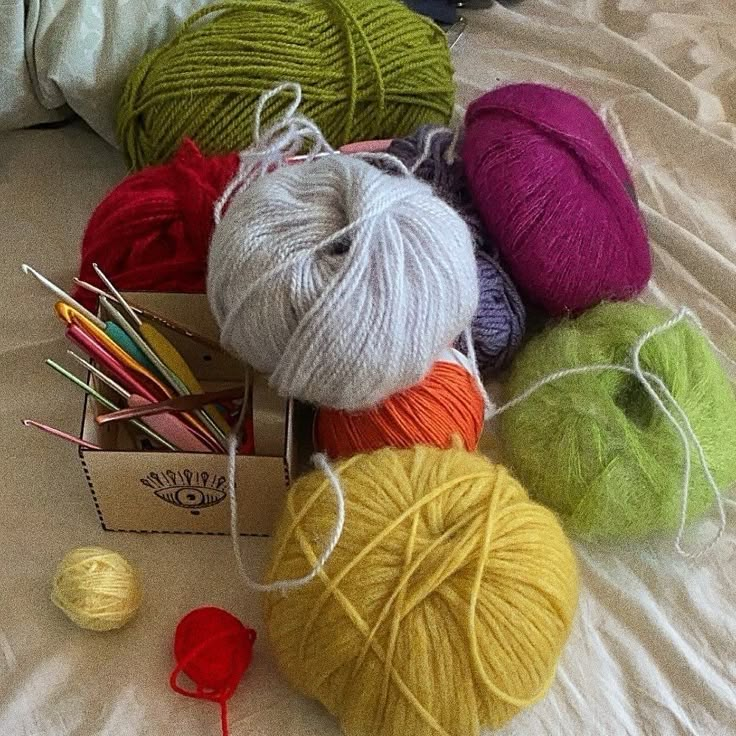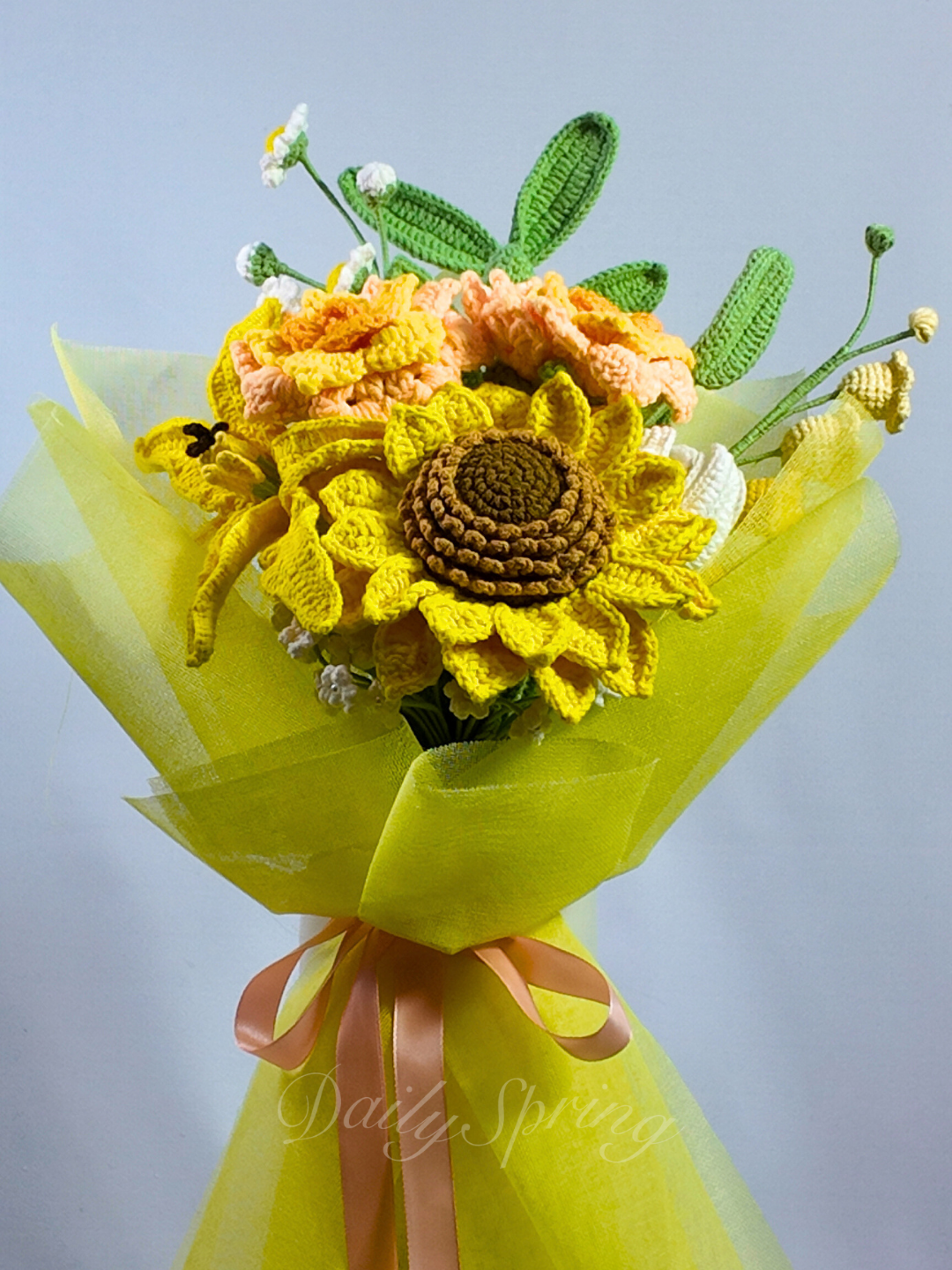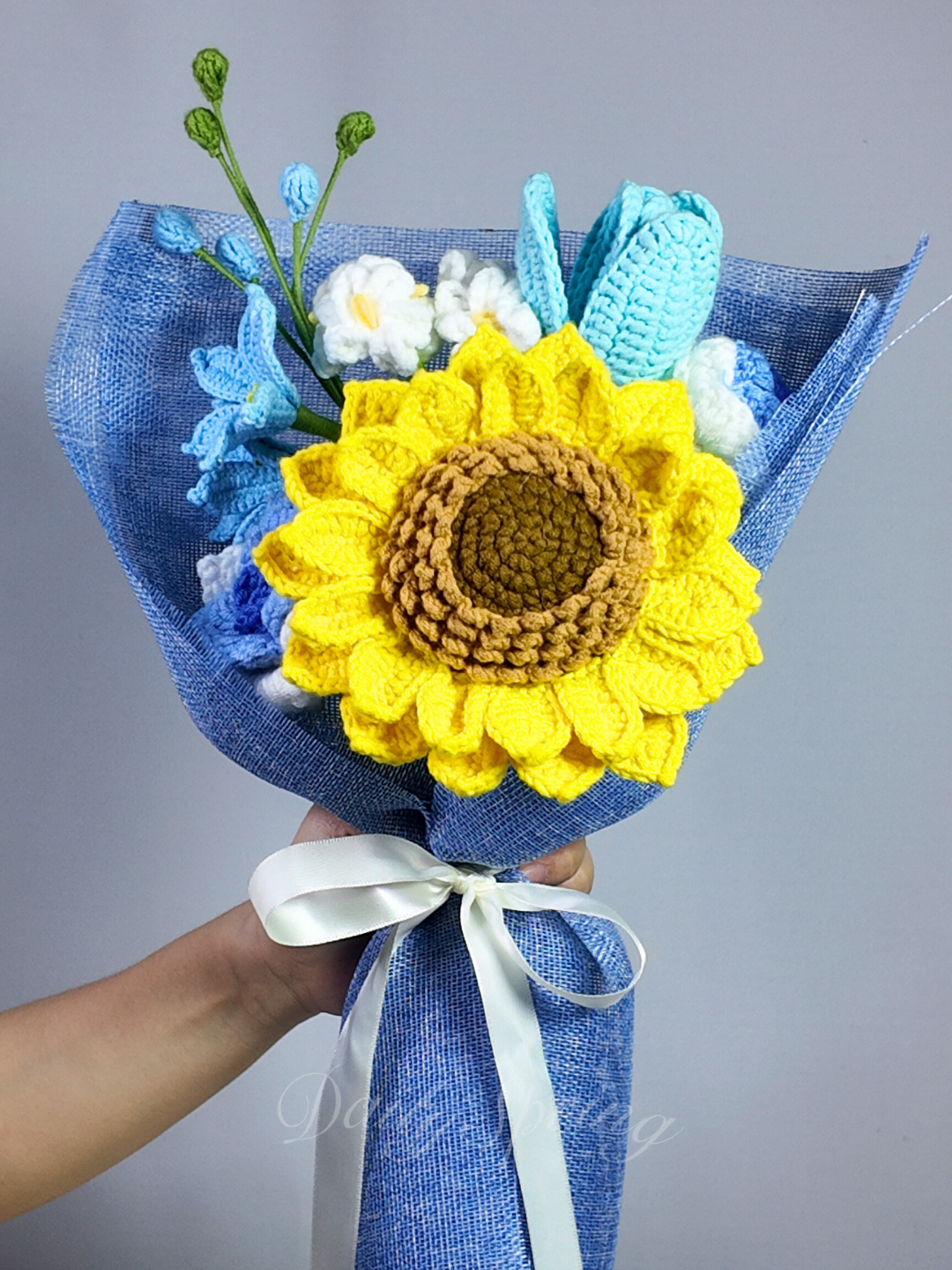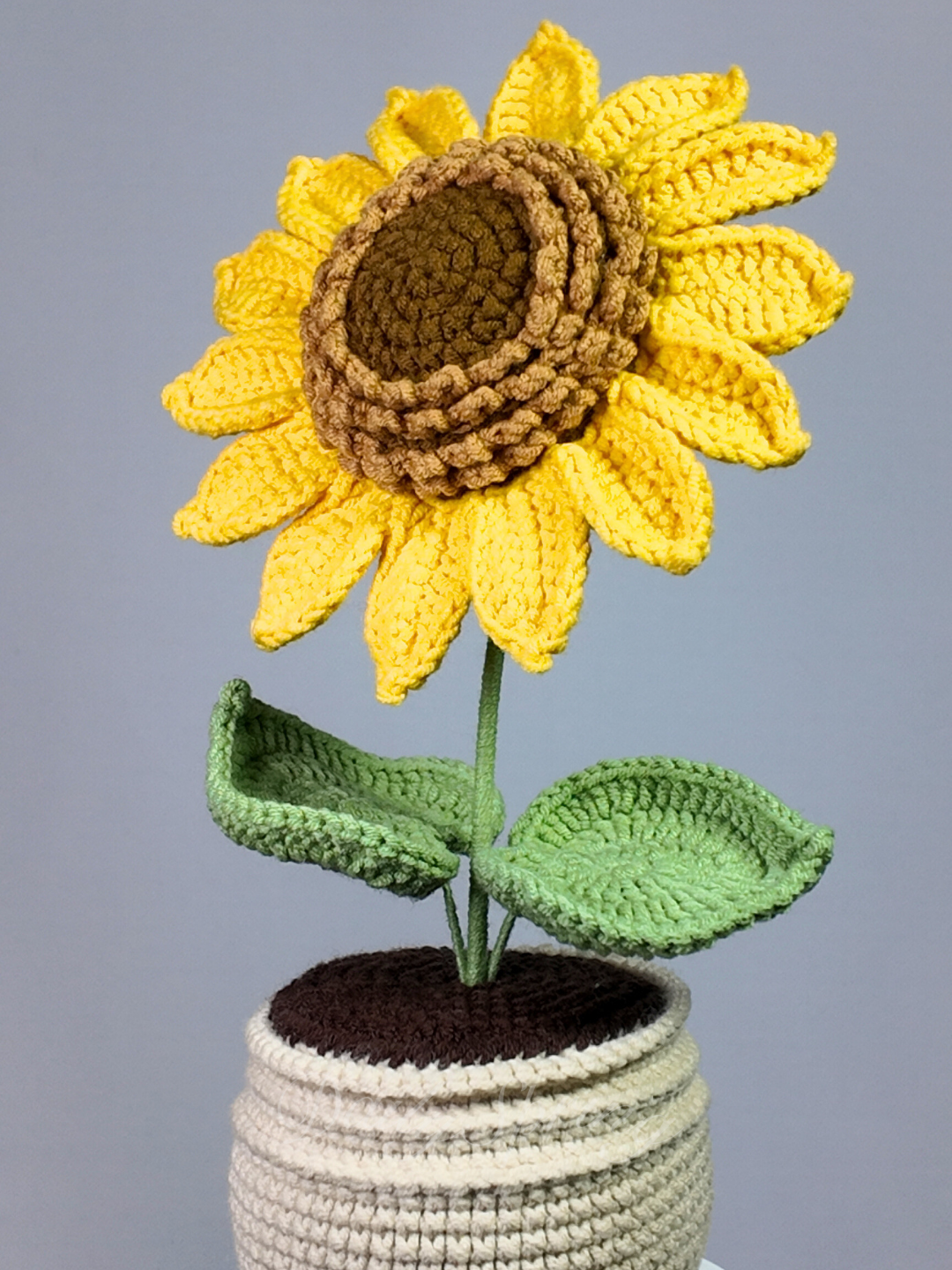
The Complete Guide to Crochet Care: Tips to Keep Your Handmade Treasures Beautiful
Crochet items—whether they’re cozy blankets, delicate doilies, or adorable amigurumi—are labors of love. Proper care ensures they last for years while maintaining their shape, color, and texture. This guide covers essential crochet care tips, from washing to storage, so your handmade creations stay looking their best.
🧶 Crochet Care Basics
1. Know Your Yarn Fiber
Different yarns require different care:
| Yarn Type | Washing | Drying | Special Notes |
|---|---|---|---|
| Acrylic | Machine wash (cold) | Tumble dry low | Colorfast, durable |
| Cotton | Hand/machine wash (gentle) | Air dry or low heat | Prone to shrinking |
| Wool | Hand wash only | Lay flat to dry | Avoid heat/friction (felts easily) |
| Silk/Bamboo | Hand wash (mild soap) | Lay flat, reshape | Delicate, may stretch |
| Blends | Follow dominant fiber care | Check label | Test wash first |
Pro Tip: Always check the yarn label for specific care instructions.
2. Washing Crochet Items
✔ Hand Washing (Recommended for Most Items):
- Use cold/lukewarm water and mild detergent (like Woolite).
- Gently squeeze (don’t wring!) to clean.
- Rinse until water runs clear.
✔ Machine Washing (For Sturdy Items Like Blankets):
- Use a mesh laundry bag to prevent snagging.
- Select the gentle/delicate cycle.
3. Drying Crochet Properly
- Lay Flat to Dry: Best for wool, lace, and delicate items (use a towel to absorb moisture).
- Tumble Dry (Low Heat): Only for acrylic or cotton blends.
- Blocking: Essential for shawls, doilies, or garments to maintain shape (see section below).
📌 Advanced Care Tips
1. Blocking Your Crochet
Blocking helps open lacework and even out stitches.
Methods:
- Wet Blocking: Soak item, pin to shape on a foam mat, let dry.
- Steam Blocking: Use a steamer or iron (hover, don’t press!).
- Spritz Blocking: Lightly mist with water, then shape.
Best for: Doilies, shawls, granny squares.
2. Removing Pilling
Over time, friction causes fuzz balls (pilling). Fix it with:
✔ A fabric shaver (gentlest option).
✔ A sweater stone or velcro roller.
3. Storing Crochet Safely
✔ Fold, Don’t Hang – Hanging can stretch garments.
✔ Avoid Plastic Bags – Traps moisture; use cotton storage bags instead.
✔ Moth Prevention – Store wool with cedar blocks or lavender sachets.
⚠️ Common Crochet Mistakes to Avoid
❌ Using Harsh Detergents – Can fade colors and weaken fibers.
❌ Wringing or Twisting Wet Crochet – Causes misshaping.
❌ Storing Dirty Items – Stains set over time; wash before storing.
🧵 Repairing & Refreshing Old Crochet
1. Fixing Snags or Holes
✔ Use a crochet hook to pull loose stitches back into place.
✔ For holes, reinforce with matching yarn and duplicate stitch.
2. Whitening Yellowed Crochet
- Soak in oxygen-based bleach (like OxiClean) + warm water.
- For vintage pieces, try lemon juice + sunlight (test first!).
3. Reviving Crunchy Yarn
If acrylic yarn gets stiff after washing:
✔ Soak in fabric softener + water, then rinse.
🌿 Eco-Friendly Crochet Care
✔ Use biodegradable detergents (like Ecover).
✔ Repurpose old crochet into new projects (e.g., turn a worn blanket into coasters).
✔ Donate unused yarn or swap with fellow crafters.
Final Thought: Love Your Handmade Creations
With proper care, crochet items can become heirlooms passed down for generations. Whether it’s a cherished baby blanket or a favorite sweater, these tips will help preserve your work’s beauty.
What’s your best crochet care tip? Share below! 💬
For more crochet guides, check out our tutorials on blocking, stitch patterns, and yarn selection.



